The whole province currently has 318 growing area codes issued to serve agricultural product exports.
Conquering Dong Thap Muoi region
The Dong Thap Muoi (Dong Thap Muoi) region of the province has a natural area of 299,452 hectares. In the first years after liberation, 2/3 of the area of the DTM was fallow land (186,000 hectares), sparsely populated, growing only one crop of floating rice all year round, yielding from 9-10 quintals/hectare, average food per capita was less than 100kg/person/year. A large part of the population was hungry, life was extremely difficult.
Therefore, the Provincial Party Committee paid special attention and focused on investment, as shown through important resolutions such as the policy of "Building a comprehensive program for developing the potential areas of the Mekong Delta" (the 3rd Provincial Party Congress (1983-1985)); "Focusing on multi-faceted investment to exploit the potential of districts in the Mekong Delta" (the 4th Provincial Party Congress (1986-1990)); Key program to fill the Mekong Delta (the 5th Provincial Party Congress (1991-1995)); Key program for people's livelihood in flood-affected areas (the 7th Provincial Party Congress (2001-2005)); Program to build residential clusters and routes and Program to invest in building and developing new rural areas (the 9th Provincial Party Congress (2010-2015));...
In particular, the 20-year period of filling the DTM area (1979-1999) is outstanding. During this period, the province successfully and effectively exploited more than 150,000 hectares of wasteland in the DTM area to put into agricultural production , afforestation and other civil works.
At the same time, more than 44,000 new economic households (from southern districts, neighboring provinces and cities) were arranged to implement the policy of relocating population, linking labor with land, eliminating hunger, reducing poverty and creating a solid people's security posture in the southwestern border area.
According to information from the Department of Agriculture and Environment, in 20 years (1979-1999), the rice area increased from 62,000 hectares to 293,000 hectares, the yield increased from 25 quintals/ha to 39.8 quintals/ha, the output increased from 156,000 tons to 1,165,000 tons (in 20 years, the rice area increased 5 times, the yield increased 1.6 times and the output increased 7 times).
Along with that, infrastructure has developed by leaps and bounds. Rural transportation before 1979 was mainly by waterway, most people used rainwater or filtered river water for daily activities. By 1999, 45 communes in the DTM area had car roads to the center, 52% of households used clean water for daily activities.
In addition, the irrigation system has also been invested in, gradually meeting the irrigation needs of nearly 300,000 hectares of rice all year round. The half-dyke system also ensures the production of about 20,000 hectares of Summer-Autumn rice . People's lives have been gradually improved thanks to this.
The 10-year period of implementing the Flood Area People's Livelihood Program (2001-2010) is considered a development step from the achievements of the Multi-objective Program to exploit the potential of the DTM region (1979-1999) of the province. From the central capital sources supported by the combination of local capital sources and other capital sources, the DTM region has many changes.
Accordingly, in 2009, the rice growing area of the whole year in the Mekong Delta region reached 332,698 hectares, with a yield of 49.4 quintals/hectare and an output of 1,643,528 tons (accounting for nearly 76% of the province's rice output). In particular, in the Mekong Delta region, there were solutions to control yellow dwarf and rice leaf curl diseases, ensuring stable production.
Mechanization in agriculture helps farmers in flood-hit areas to produce conveniently in the stages of land preparation, spraying, sowing, and building small electric pumping stations. Harvesting rice by combine harvesters has increased rapidly, from 60-70% of the area (the number of machines in DTM accounts for nearly 90% of the total number of machines in the province), contributing to reducing production costs and limiting labor shortages during peak crop seasons.
Regarding irrigation, the province has invested in completing many multi-purpose projects in the DTM area such as canal 79, Tan Thanh - Lo Gach, So Ha - Cai Co to create water sources, flood drainage, combined with waterway and road traffic connecting the regions and neighboring provinces; investing in repairing more than 1,090km of half-dykes, protecting more than 51,220ha; more than 30 small two-way electric pumping stations (irrigation and pumping);...
From 2011 to 2019, rice productivity in the Mekong Delta continued to increase rapidly from 50.9 quintals/ha (2010) to 55.1 quintals/ha (2014), rice output increased from 1.75 million tons to 2.86 million tons (2014), including more than 750,000 tons of high-quality rice and thousands of hectares produced according to "large-scale model fields".
Specialized rice growing areas in Vinh Hung, Tan Hung, Thu Thua districts achieved record productivity, averaging 57-58 quintals/ha. Many crops initially brought economic efficiency and contributed to the transformation of crops and livestock in the province such as corn, sesame, lotus, freshwater fish, etc.
Currently, the DTM region accounts for more than 80% of the province's food production, becoming a large rice granary. This is the result of synchronous investment in infrastructure serving production, expanding the planting area of high-quality rice varieties , and applying mechanization and science and technology to production.
Promote the application of high technology in production
Implementing the High-Tech Agricultural Development Program (HDA) associated with restructuring the agricultural sector in the 2016-2020 and 2021-2025 periods, the provincial agricultural sector develops plans and concretizes the program in a way that is suitable to the conditions of each locality.
After the implementation period, the program achieved many positive results. For rice, by March 2025, the whole province had 63,988.2 hectares of UDCNC rice, reaching 106.6% of the plan by 2025. Farmers participating in the model reduced production costs compared to outside the model by an average of 0.2-4.3 million VND/ha. The average yield in the model was equal to or higher than outside the model by 400kg/ha, the average profit in the models increased by 0.1-4.9 million VND/ha.
At the same time, the whole province has 2,148.46 hectares of UDCNC vegetables, reaching 107.4% of the plan for the 2021-2025 period; 5,849 hectares of UDCNC dragon fruit, reaching 97.5% of the plan for the 2021-2025 period; 4,114 hectares of UDCNC lemon, reaching 137% of the plan; 98.84 hectares of UDCNC shrimp, reaching 98.84% of the plan; implementing the construction of 5 pilot models for beef cattle farming, supporting artificial insemination of high-quality breeds for more than 18,000 breeding cows;...
According to Deputy Director of the Department of Agriculture and Environment - Dinh Thi Phuong Khanh, restructuring helps the agricultural sector gradually shift towards increasing added value and sustainable development.
Specifically, farmers are increasingly proactive in switching from traditional crops with low economic efficiency to fruit trees with high economic value such as durian, jackfruit, grapefruit, orange, etc.
Along with that, farmers are also particularly interested in standardizing production processes to achieve safety certifications, VietGAP, GlobalGAP, etc. to meet the requirements of the import market. Up to now, the whole province has 318 growing area codes and 17 packaging facility codes to serve the export of agricultural products to markets such as Korea, Japan, the United States, Australia, New Zealand, the EU, Russia, the United Kingdom, China and the Netherlands.
“The provincial agricultural sector continues to invest in building and developing a synchronous and modern irrigation system to serve production; focusing on developing the collective economy in a practical and effective manner. At the same time, promoting high-quality rice production, developing high-tech agricultural production associated with restructuring the agricultural sector and the Sustainable Development Project of 1 million hectares of high-quality rice cultivation associated with green growth in the Mekong Delta in the province to contribute to increasing profits for farmers and improving the living environment” - Ms. Dinh Thi Phuong Khanh said./.
Bui Tung
Source: https://baolongan.vn/cay-lanh-trai-ngot-sau-50-nam-phat-trien-nong-nghiep-a194118.html


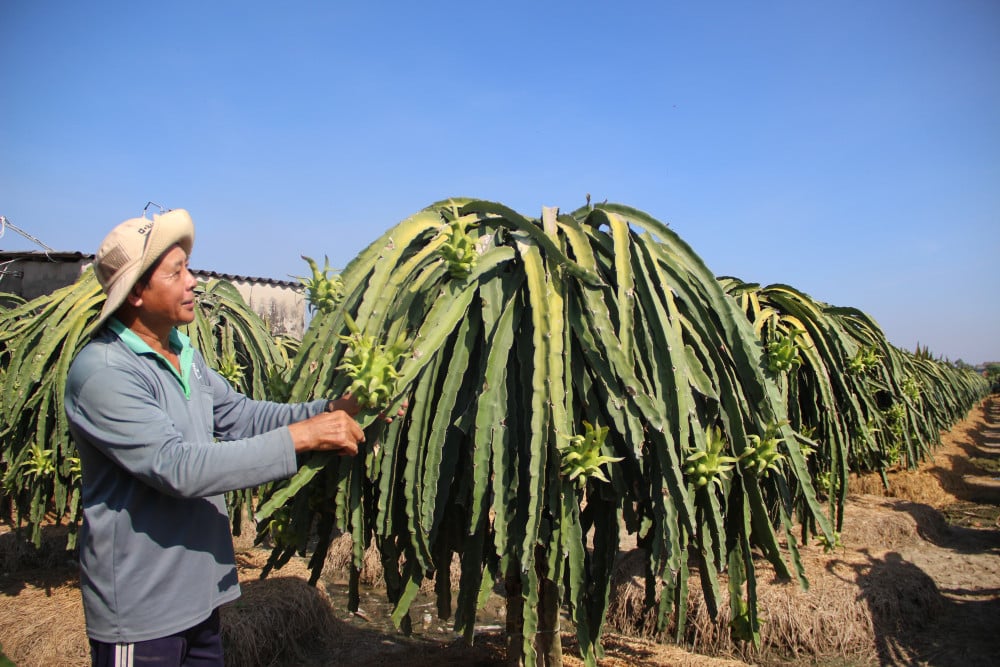





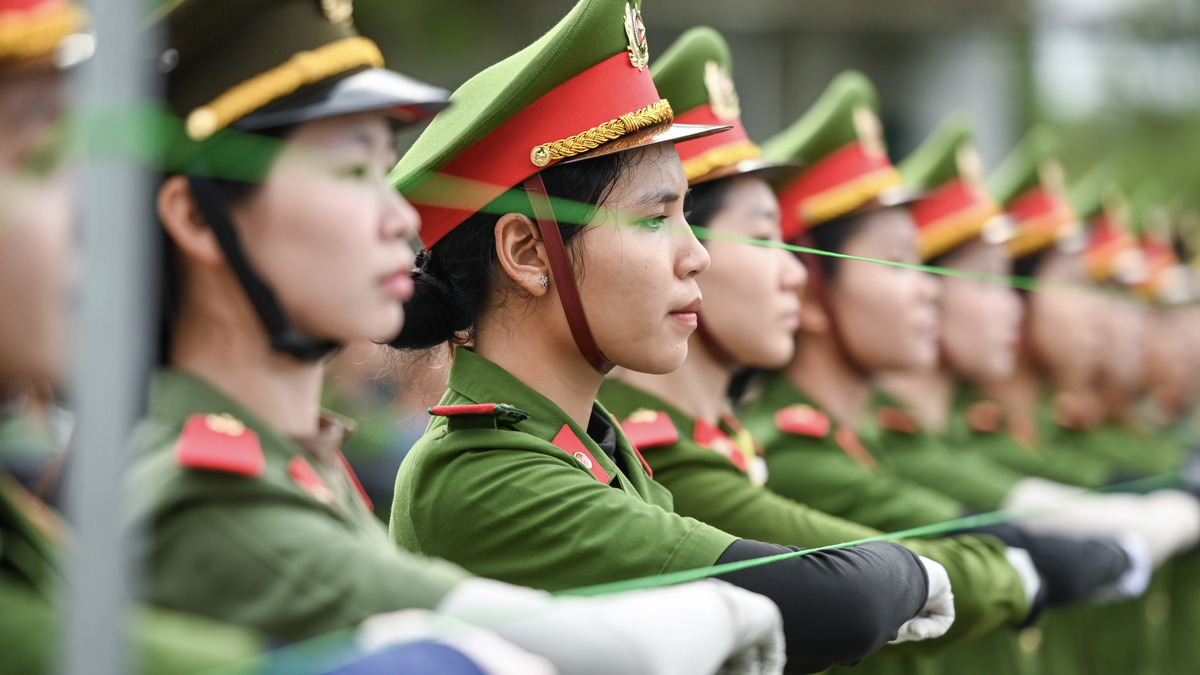


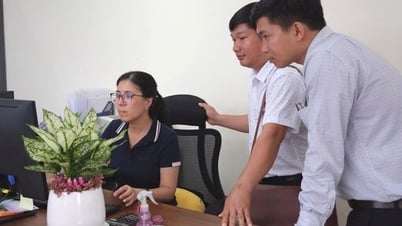
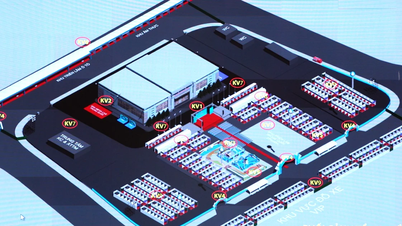



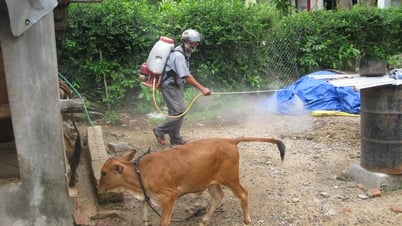
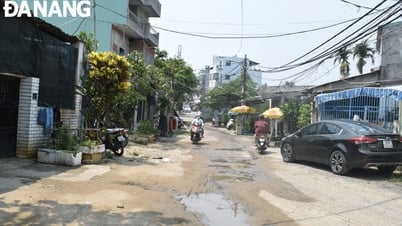





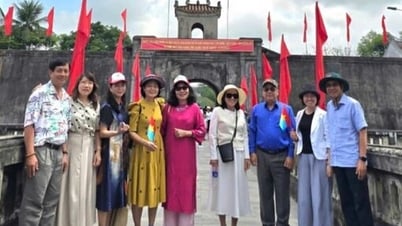
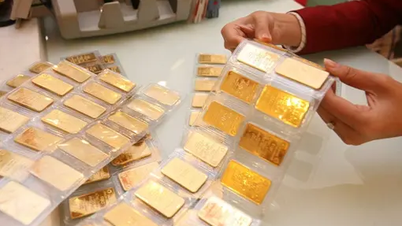

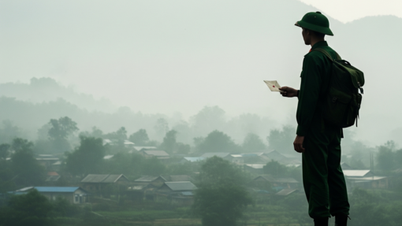
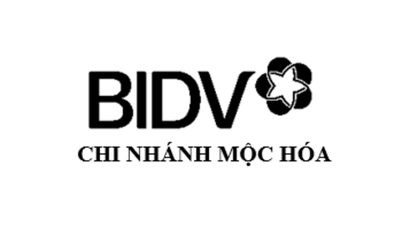










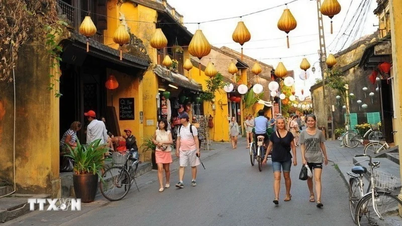
















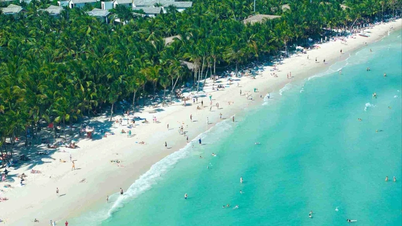
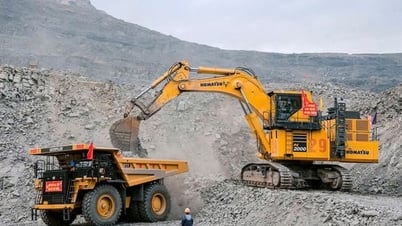

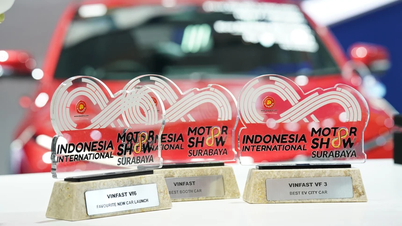


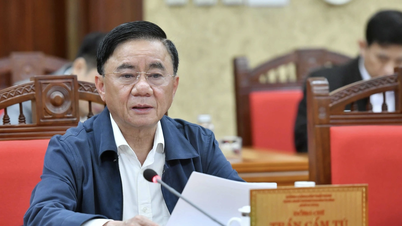

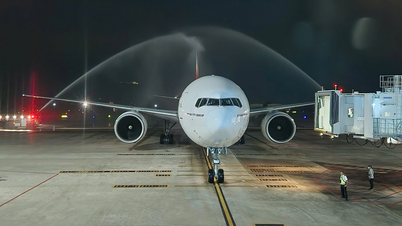







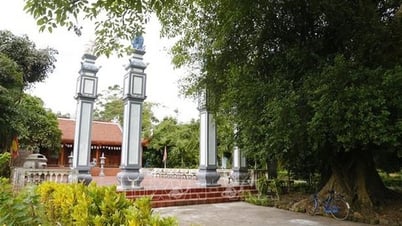

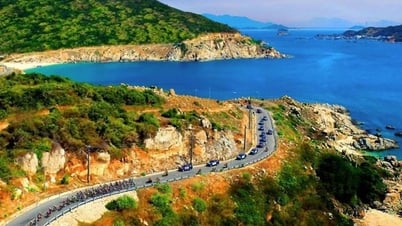
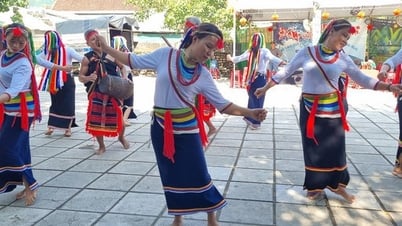
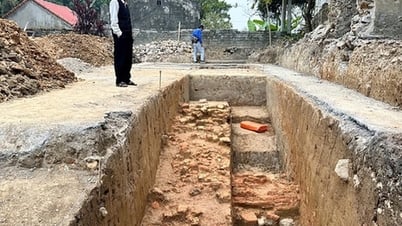
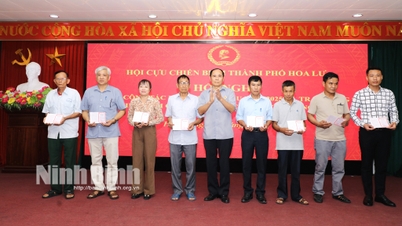


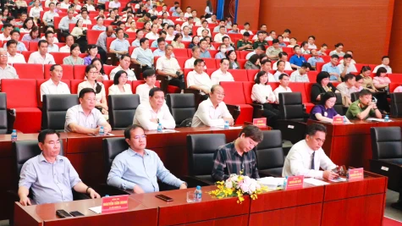

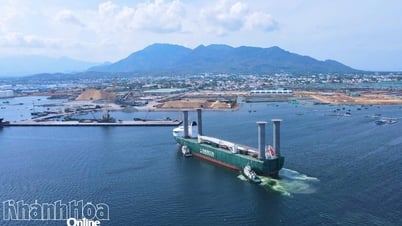

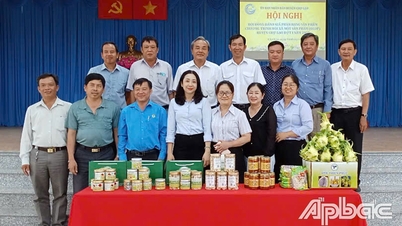















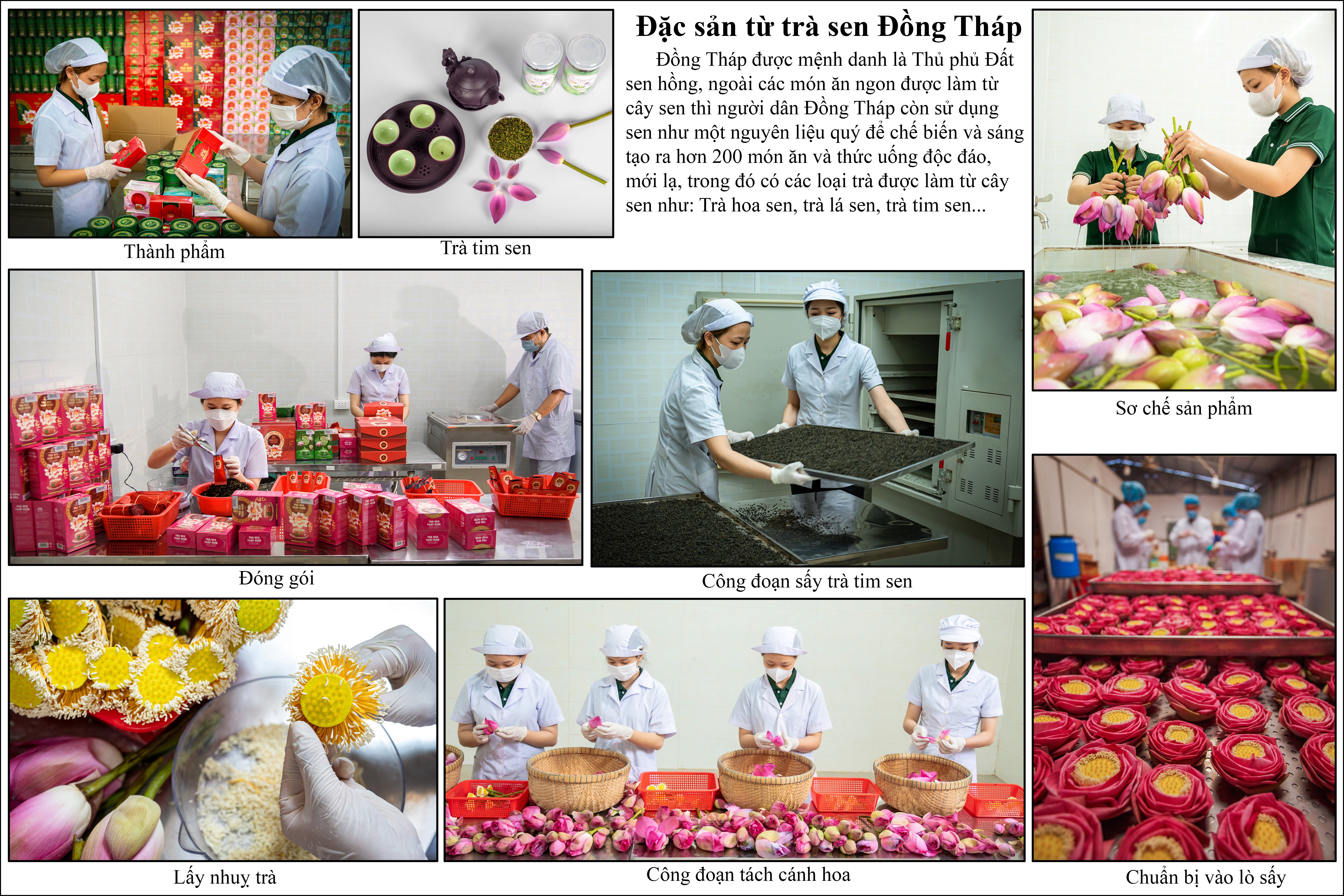

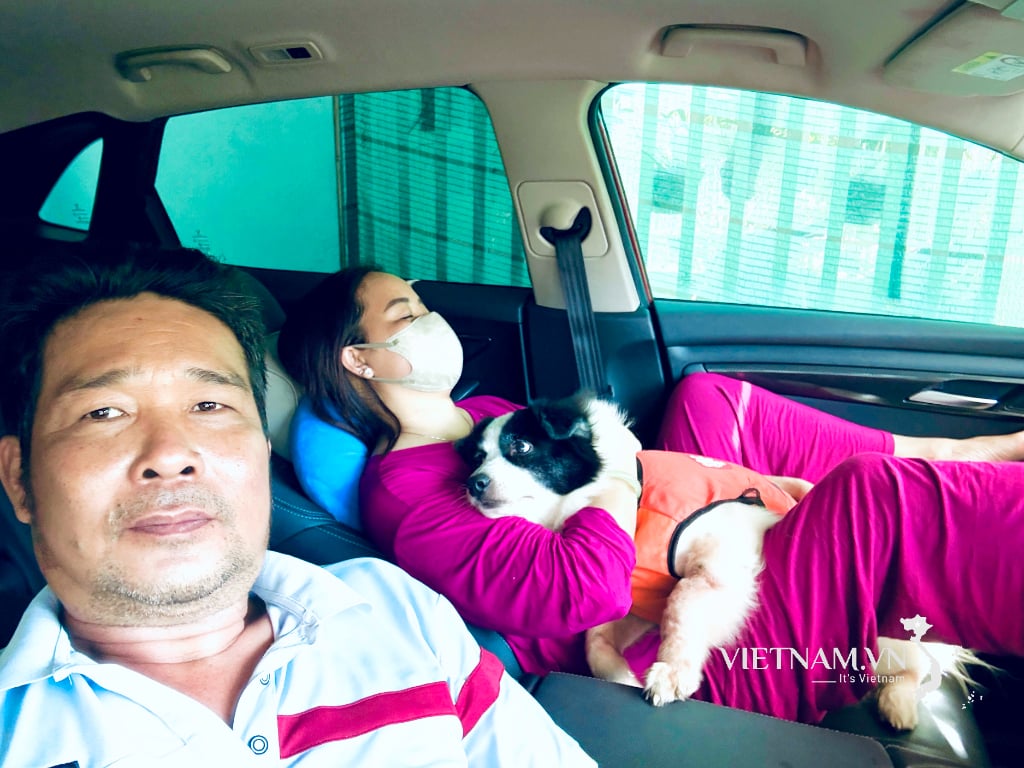
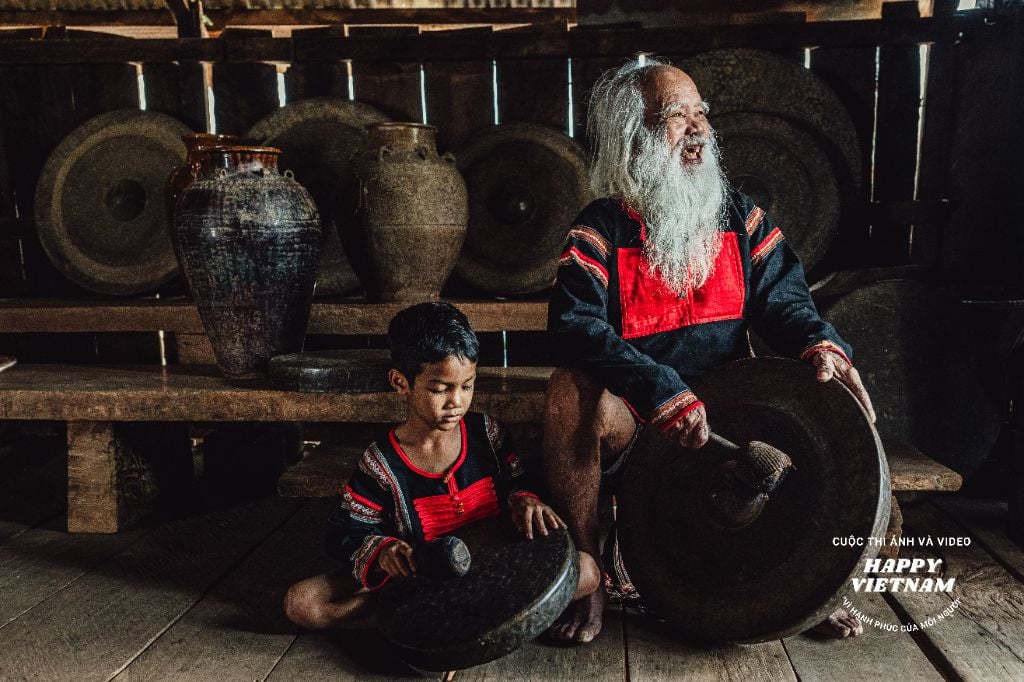
Comment (0)